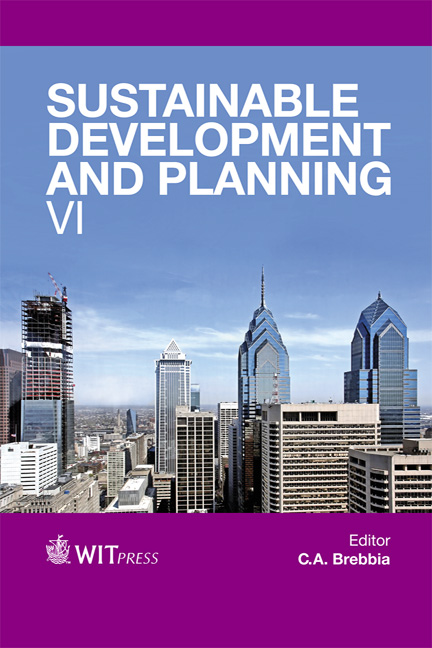Green, Brown Or Grey: Green Roofs As ‘sustainable’ Infrastructure
Price
Free (open access)
Transaction
Volume
173
Pages
11
Page Range
323 - 333
Published
2013
Size
84 kb
Paper DOI
10.2495/SDP130271
Copyright
WIT Press
Author(s)
J. Rogers
Abstract
Green roofs, along with vertical gardens are increasingly seen as the symbol Sassi (Strategies for Sustainable Architecture 2006) or epithet Weiler and Scholz-Barth (Green Roof Systems: A Guide to the Planning, Design, and Construction of Landscapes over Structure 2009) of ‘green’ and ‘sustainable cities’ because of the ecosystem services that they provide Beatley (Green Cities of Europe: Global Lessons on Green Urbanism 2012). The list of benefits attributed to green roofs is broad and widely shared. They include reduction in the heat island effect, noise reduction, energy conservation, amenity, replacement of lost green space where ‘the footprint of a building is replaced with a green roof, with no net loss of green open space or habitat’ Hopkins and Goodwin (Living Architecture: Green Roofs and Walls 2011), increased property values, storm water management along with what has been described as ‘green relief’ in highly dense cities. Green roofs it is further claimed to ‘transform cities from urban grey to urban green’ (Weiler and Scholz-Barth, 2009) while at the same time mitigating the effects of climate change.
The paper is based on an evaluation of five green roofs in the city of Melbourne, Australia that analyzes to what extent these projects meet the claimed sustainability benefits. It poses the question are green roofs simply ‘green’ branding or does their construction provide tangible ‘sustainability’ outcomes and if so what and for whom.
Keywords
sustainability, sustainable cities, green roofs, brown roofs, public space, access and equity





